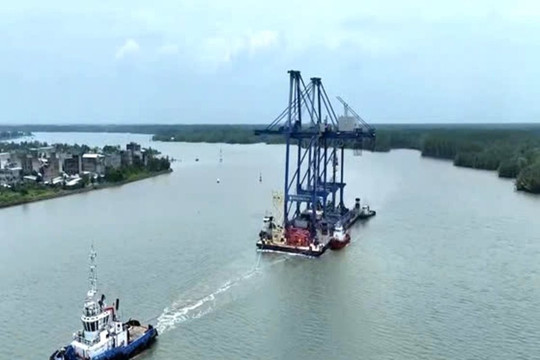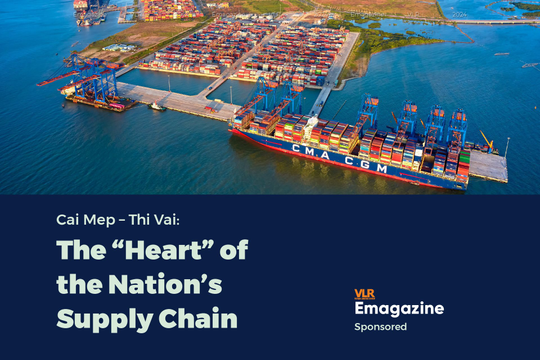
Risk of Widespread Strike
The likelihood of a strike at major ports such as New York-New Jersey, Savannah, and Houston is becoming increasingly apparent as the current labor contract between the International Longshoremen’s Association (ILA) and the U.S. Maritime Alliance (USMX) approaches its expiration on September 30. Without a new agreement, shipping operations at East Coast and Gulf Coast ports may be suspended as early as October 1.
Negotiations between the two parties have dragged on without yielding any positive results, heightening the risk of a strike and potentially causing serious disruptions to global supply chains. Businesses dependent on maritime transportation are facing the possibility of severe congestion, extended delivery times, and supply chain disruptions.
President Joe Biden's administration has chosen not to intervene by invoking the Taft-Hartley Act, despite concerns about the economic impact that could occur right before the presidential election. Meanwhile, there are no signs of intervention from Labor Secretary Julie Su, who previously stepped in during the 2022-2023 West Coast port strikes.
Three Possible Scenarios
The strike could unfold in three different scenarios, with the level of disruption depending on the actions of the parties involved:
- No Strike: This is the least disruptive scenario, where port operations continue as usual. However, minor delays in cargo handling may still occur due to the uncertainty surrounding the situation.
- Work-to-Rule: In this case, workers will perform only the minimum tasks required by their contract. Port operations will slow down significantly, with the possibility of sporadic, unexpected walkouts. Longer queues at ports will likely force shippers to seek alternative solutions at West Coast ports.
- Full-Scale Strike: This is the worst-case scenario, where all operations at East Coast and Gulf Coast ports come to a complete halt. Severe congestion will occur, with long queues of ships waiting and container backlogs. This will place significant pressure on West Coast and Canadian ports, as shippers are forced to find alternative routes.

Support Tools for Shipping Customers:
Shipping customers can anticipate the strike's impact and prepare in advance by utilizing automated tools. These tools will provide alerts regarding labor negotiations or any new developments, such as the possibility of West Coast workers striking in solidarity. Although no such plan is currently in place, if it were to happen, the tools would keep customers informed.
Real-time shipment tracking tools are also crucial, allowing businesses to monitor the situation, visualize the strike's impact on their supply chains, predict delivery times, and find viable solutions to maintain schedules. Additionally, these systems can automatically send alerts to their customers, helping to mitigate the effects of any disruptions.
Dealing with the Fallout: Alternative Solutions and Adaptation Strategies
In response to the potential strike, many businesses are preparing countermeasures to minimize its impact on operations. One key strategy is to reroute shipments to other ports or even temporarily switch to air freight, though this would result in higher transportation costs.
Proactive preparation not only helps companies maintain operations but also allows them to explore creative solutions for optimizing their supply chains, from streamlining delivery schedules to ensuring quick cargo handling.
Businesses should consider the different scenarios and prepare a flexible contingency plan, from reducing traffic at potentially congested ports to integrating modern risk management and shipment tracking tools. This will enable companies to quickly adapt to any situation and ensure the stability of their supply chains.

Challenges and Opportunities
If a strike occurs at the East Coast and Gulf Coast ports, it will present a major challenge to global supply chains and businesses reliant on maritime transportation. However, it also offers an opportunity for companies to reassess their shipping strategies, adopt new technologies and solutions to mitigate risks, and ensure continuity in their operations.
In a global economy facing multiple uncertainties, adaptability and preparedness are key factors that will help businesses overcome challenges and thrive sustainably. Therefore, preparation is not only essential to dealing with the potential strike but also in building a more flexible and efficient supply chain system for the future.






.png)



.png)
.png)
.png)


.png)
.png)






.png)

